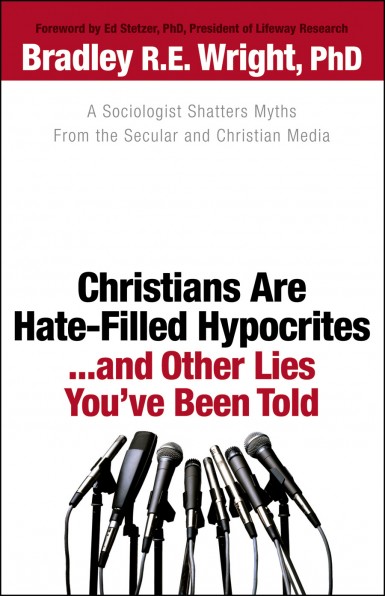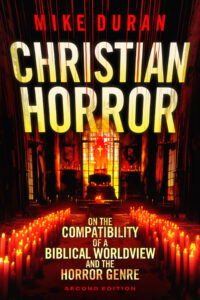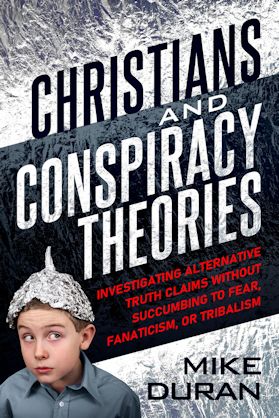 99.3% of all statistics are misused.
99.3% of all statistics are misused.
Okay, so I just made up that number.
“Numbers” are what Bradley Wright’s Christians Are Hate-Filled Hypocrites …and Other Lies You’ve Been Told traffics in. To be more exact, it’s the misuse of numbers, particularly how they relate to Christians, that Wright is bent on exposing. And there’s plenty of exposing needing to be done.
Wright, who is Associate Professor of Sociology at the University of Connecticut, tackles several areas in which both the secular and the religious world misuse statistics in order to caricature Christians, demean the Church, or as scare tactics. Wright devotes individual chapters to specific “lies” we’ve been told about Christians and examines, in detail, how the statistical data was misused, or ignored, to reach a given end.
- Is American Christianity on the brink of extinction?
- Are we losing our young people?
- Are Evangelicals all poor, uneducated, southern whites?
- Do Christians love others?
- What do non-Christians think of us?
Each of these questions contain a freight of statistical data, often conveniently framed and edited, which is then repeated ad nauseum through churches and media until it becomes “conventional wisdom.” Perhaps the best, most recent example of this, is the “nones.” This is the growing demographic of “religiously unaffiliated” that has invoked gloom and doom pronouncements (like Newsweek magazine’s The End of Christian America) and institutional gut-checks among many of the major denominations.
Wright takes a refreshingly deeper look at the statistics, while countering them with others. For instance,
“The percentage of Americans who believe in God has remained remarkably high — over 90% of Americans have believed and continue to believe in some form of God.” (p. 48)
So while there is a growing trend toward religious non-affiliation, it is NOT a significant trend toward agnosticism or atheism. Even more fascinating,
“…the increases in religious disaffiliation happened among political liberals and moderates who had relatively weak ties to the church.” (p. 33)
This is a very important piece of data, I think, that I haven’t seen explored elsewhere. Which, I guess, buttresses Wright’s point that we’re not getting the whole picture.
Then he cites controversial Seattle pastor Mark Driscoll as an example of how common sense examination of the data can lead to different conclusions.
“Driscoll distinguishes active, practicing Christians from those who simply profess Christianity without deeper engagement. Presumably, it is the second category of ‘cultural’ Christians who are redefining themselves as unaffiliated. If so, Driscoll argues, then there is little drop-off in active, committed Christians, and the church doesn’t suffer much from the loss of less-committed members. …Driscoll concludes that recent changes ‘are not discouraging, but rather clarifying.’ Driscoll’s argument makes a larger point: Numerical declines are not necessarily negative.” (p. 55)
So while this data is constantly interpreted as showing religion is in decline, it could mean an important cultural winnowing is occurring instead. Perhaps the trend toward religious unaffiliation says something other than that Christianity is doomed. Again, it all depends on what we’re looking at, or for.
Contrary to what we hear from the media, Christians are doing significantly better than they are commonly portrayed. The strength of our marriages, charitable giving, even our youth.
“…the percentage of young people who attend church or who think that religion is important has remained mostly stable.” (p. 66)
While many youth continue to follow the age-old pattern of leaving and returning to the church when they begin families of their own, they are not leaving in the droves often portrayed.
Of course, this isn’t to say that everything is rosy. In fact, at the end of the book Wright, like a good professor, gives out “grades” to the Christian Church, with some notable areas for improvement. Here’s a sampling:
- Holding onto the young — B-
- Retaining members — B
- Gender equality — C
- Racial integration — B-
- Divorce and living together — B
- Attitudes towards blacks — D
- Attitudes towards gays — D
- Our attitudes towards non-Christians — C-
So the book is not a puff piece for US.
Perhaps what’s most refreshing about Wright’s book is his encouragement for the average person to cultivate a healthy skepticism toward statistics.
“For reasons that I don’t fully understand, statistics hold a strange power over people. Someone who is otherwise a clear thinker will readily accept something not true when it is presented as a statistic. …If nothing else, I hope you realize the need to be more skeptical when it comes to statistics about Christianity.” (p. 218)
Two minor complaints:
1.) The book’s a bit wonky and academic. I mean, if you love graphs, and charts, and figures, you might disagree. But I found it dry in spots because of that.
2.) Is Wright guilty of his own charges? In other words, he’s using stats to prove a point. Or a counter-point. Make no mistake, I’m on board with his premise. I’m thrilled he’s giving us a bigger picture. But doesn’t that prove that people can make stats say what they want?
Which, maybe, brings us back to the real issue: Take all statistics with a grain of salt. Four out of five stars for a much-needed statistical counter-point.













